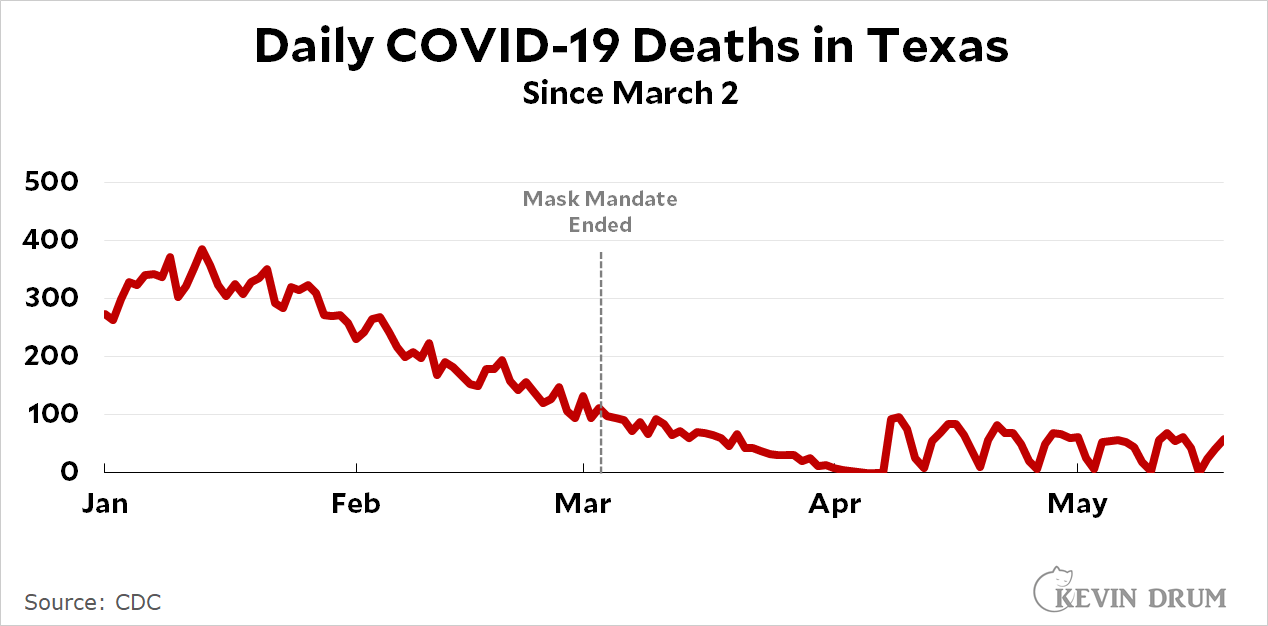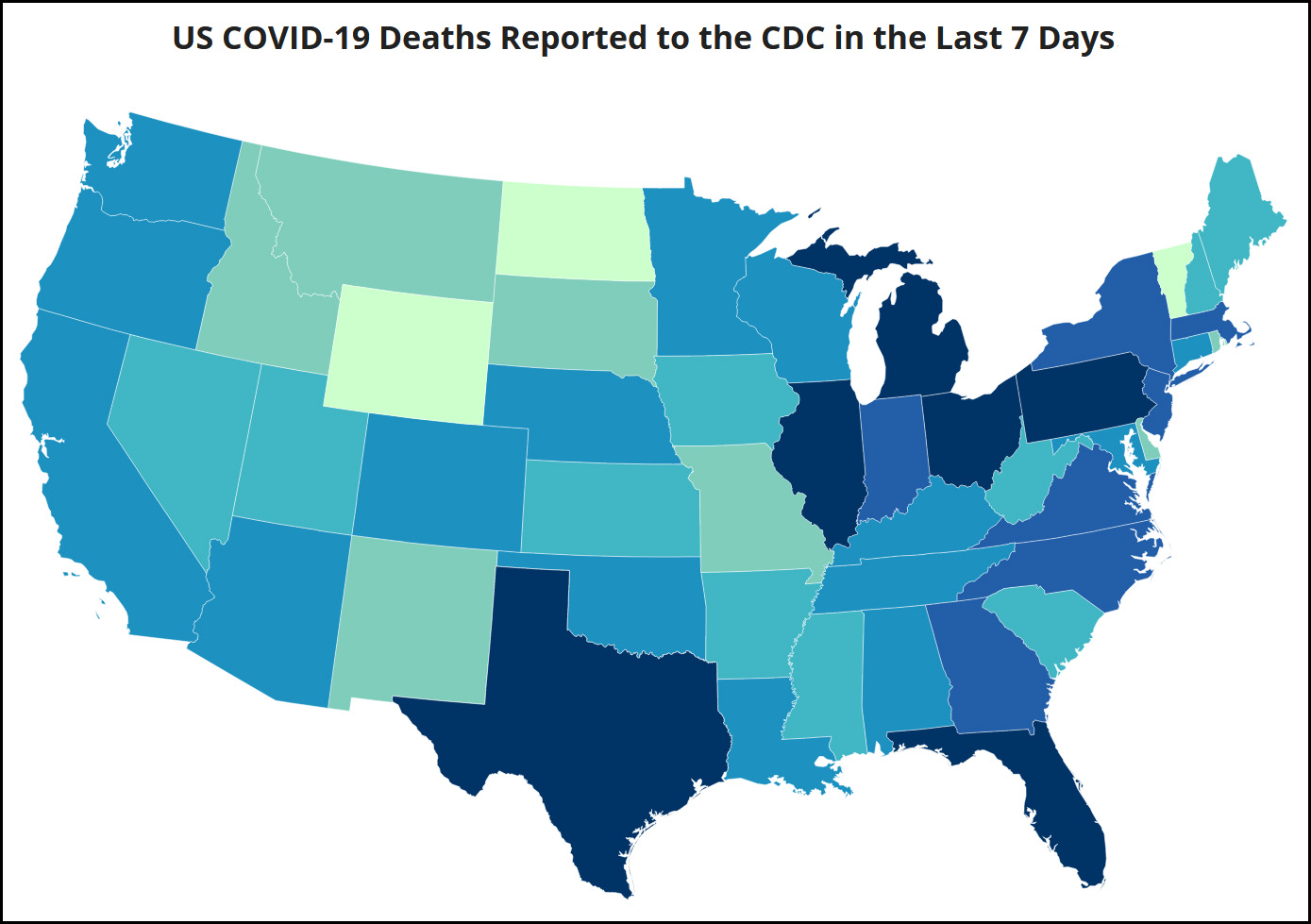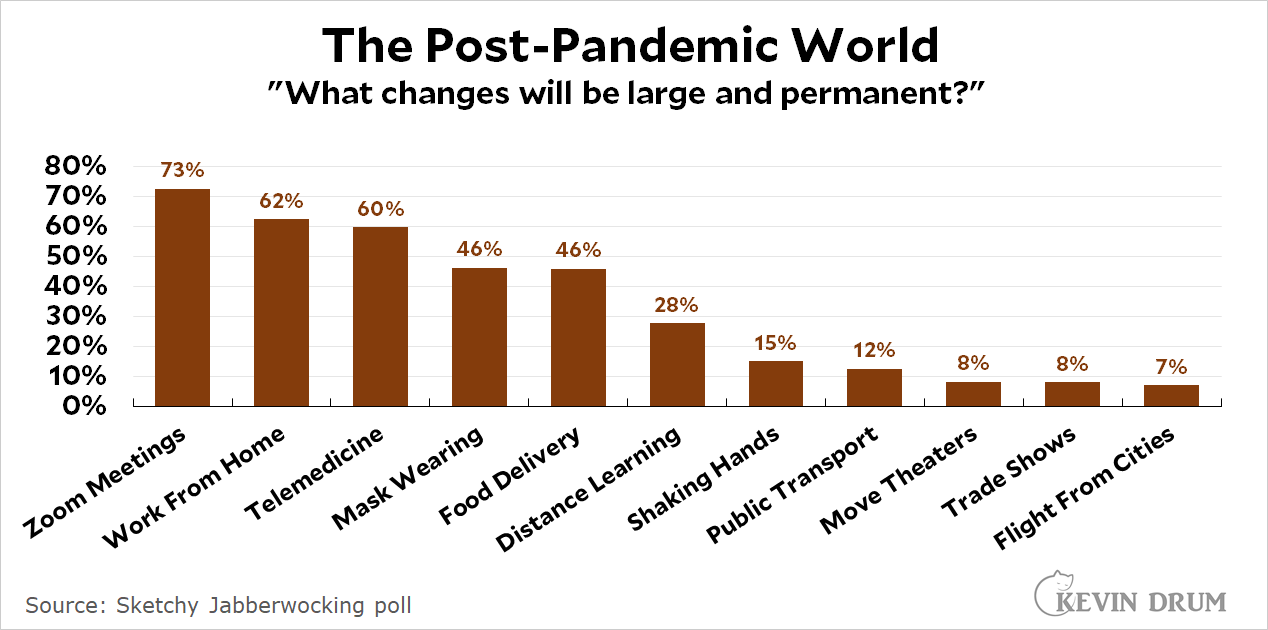I've mentioned this before, but I remain puzzled by the repeated claim that India is facing an unprecedented surge of COVID-19 cases and deaths. Unless India is massively undercounting things, neither is true:


India's case load peaked at about the same level as Europe's recent peak, and well below the previous peaks of both Europe and the United States. The same is true for deaths, but even more dramatically. India is nowhere near the December peaks of either Europe or the United States.
India's problem is not that its surge of COVID-19 cases is exceptionally high or that its variant is exceptionally deadly. India's problem is that its health care system is nowhere near as good as that of the US or Europe. This is a tragedy in and of itself, but it's a different tragedy than the one that keeps getting reported.









